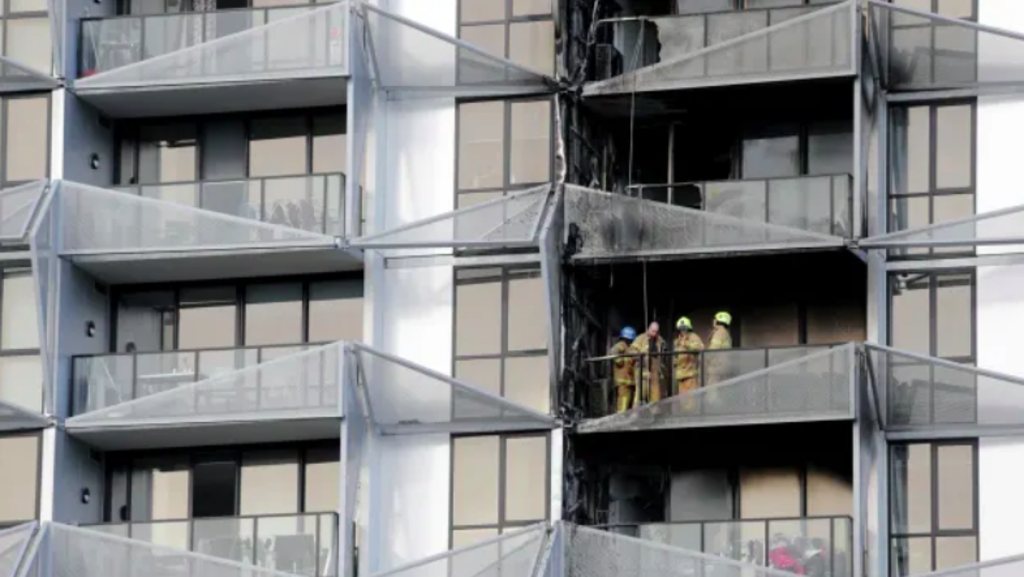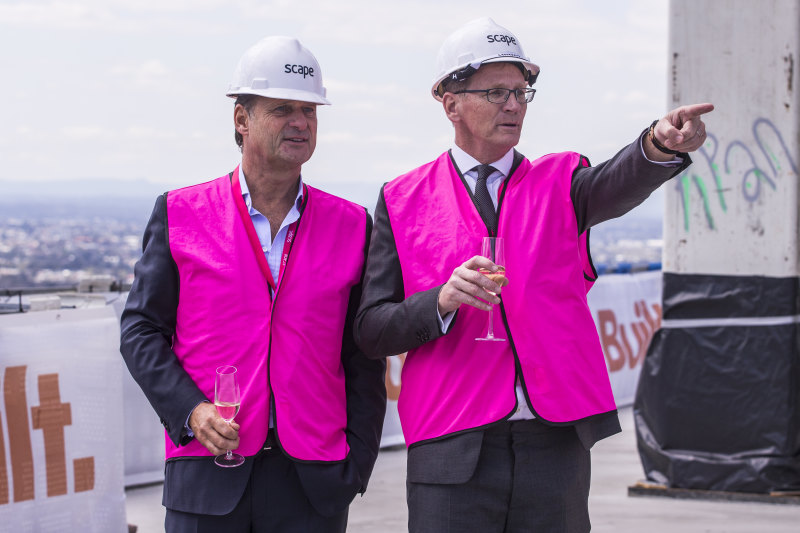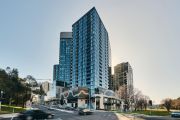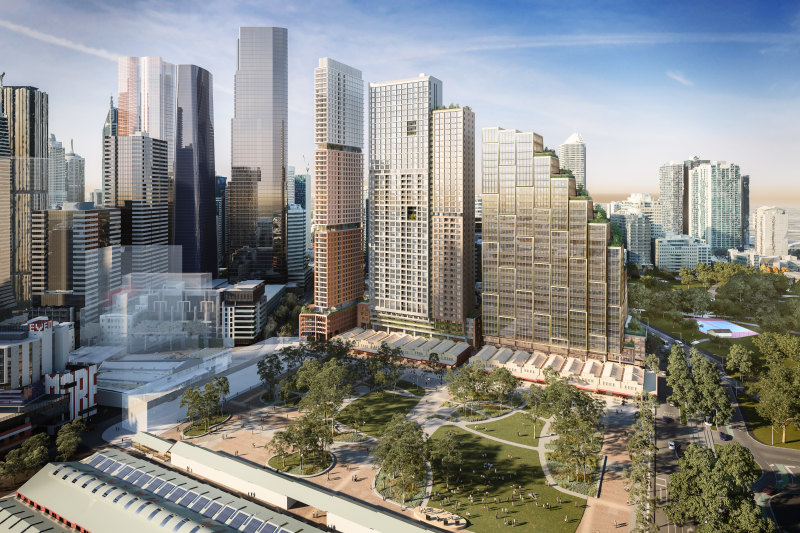
Developers wedged in Victoria's cladding plan
Victoria’s developers are wedged in a dispute between the state and federal governments over combustible cladding and will have to raise $300 million shortfall the federal government has refused to pay.
Premier Daniel Andrews on Tuesday pledged to pay half of $600 million it said was needed to rectify cladding on 500 privately owned buildings, ending a logjam that has left owners with devalued and unsellable apartments.
But it said the federal government, or alternatively, the development industry, should pay the remaining $300 million.
The federal government welcomed Victoria’s plan – first reported by The Australian Financial Review – to cover rectification costs upfront and subsequently claim them back, but was quick to reject any notion it would pay.
“It’s a bit rich now for them or any state to say someone else has to fund a problem that they created,” Industry Minister Karen Andrews told the Financial Review.
Treasurer Josh Frydenberg agreed. “We’re not picking up the bill for what is a state responsibility,” he said.
The posturing – ahead of crucial meeting of state and federal building ministers on Thursday – leaves the development industry to pick up the tab through higher building permit levies to pay for the five-year program.
Victoria said the increase in building permit costs would not apply to low-density buildings or standalone homes and would only kick in for projects costing $800,000 or more. The measure would add $2200 to the cost of a $610,000 apartment in a unit block, government estimates showed.
“They’ve wedged the industry,” said Danni Hunter, Victorian executive director of the Urban Development Institute of Australia. “It’s a disappointment but not a surprise.”
The Property Council of Australia said it was deeply concerned about the increased costs. “The government is proposing a 700 per cent increase in the levy for new buildings valued at more than $1.5 million,” said Matthew Kandelaars, the Property Council of Australia’s Victorian deputy executive director. “For works as low as $800,000, it is proposed the levy rate will double.”
Apart from cladding rectification, Victoria will push the federal government at Thursday’s Building Ministers Forum to take a more active role in resolving the insurance crisis that has left building industry professionals without cladding-related coverage on their professional indemnity policies.
“We have to get a national response to stabilise the insurance industry, both for buildings and also for professional indemnity insurance for building surveyors,” Mr Wynne said.
“Ultimately, this has to be stood up as a national response and it’s just not acceptable for the federal government to say ‘It’s all someone else’s fault’. No, it’s not. Come and cooperate with us in a genuine spirit of federalism because this is a serious challenge for the nation.”
Victoria is seeking to gain some leverage with the insurance industry by taking on upfront rectification costs. The final report of Victoria’s cladding taskforce released on Tuesday said the state’s move would give insurers a “significant windfall gain,” a point the industry was quick to reject.
“The role of insurance comes at the end of the risk management process, it is the failed compliance actions of the state and building sector that have led to the current situation where insurers find certain risks uninsurable,” Insurance Council of Australia head of operations Karl Sullivan said.
Ms Andrews said the federal government did not have to play a role in insurance.
“There is nothing preventing the states and territories working together with the insurers to come up with a good outcome,” she said. “But they haven’t done that. Every state is focussed on itself.”
She also said she was willing to reconsider implementation some of the 24 key building industry reforms all states have pledged to adopt, but vary in their adoption. However, she said states would have to sign up to a national reform taskforce she proposed in February – which they rejected.
“I’m entirely happy to talk about recommendations of the Building Confidence report under the auspices of the taskforce as part of the BMF,” Ms Andrews said. “Maybe there won’t be agreement all recommendations should be accepted.”
Even without a funding stoush, more will be needed to rectify combustible cladding in Victoria, the state with the most known affected buildings.
“I wouldn’t rule out potentially having to invest more,” Mr Andrews said. “Ultimately every dollar we spend removing this highly combustible cladding and making these buildings safe on a unique basis, I think is money well spent.”
The bill would rise, many in the industry said.
“This doesn’t go far enough,” said Sahil Bhasin, the national director of building services company Roscon. “The funding is only for high-risk buildings and audit is not yet complete. There will be huge cost blow-outs on the initial $600 million estimate.”
Separate figures published on Tuesday by RMIT University showed the cost could be as high as $4.9 billion if the focus was on larger apartment buildings and rectification was tackled inefficiently. The lowest-cost scenario was $573 million for well-managed rectification of smaller buildings.
“As they do another 400, 500 audits this year they’ll find more extreme – and high-risk and low-risk buildings,” RMIT senior lecturer Simon Lockrey said. “As we find more, the costs will go up.”
NSW Minister for Better Regulation and Innovation Kevin Anderson on Tuesday said he would consider whether Victoria’s rectification move was relevant for his state.
With Su-Lin Tan
Get a weekly roundup of the latest news from Commercial Real Estate, delivered straight to your inbox!







